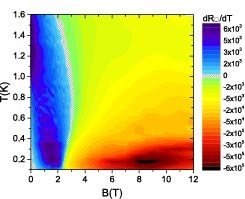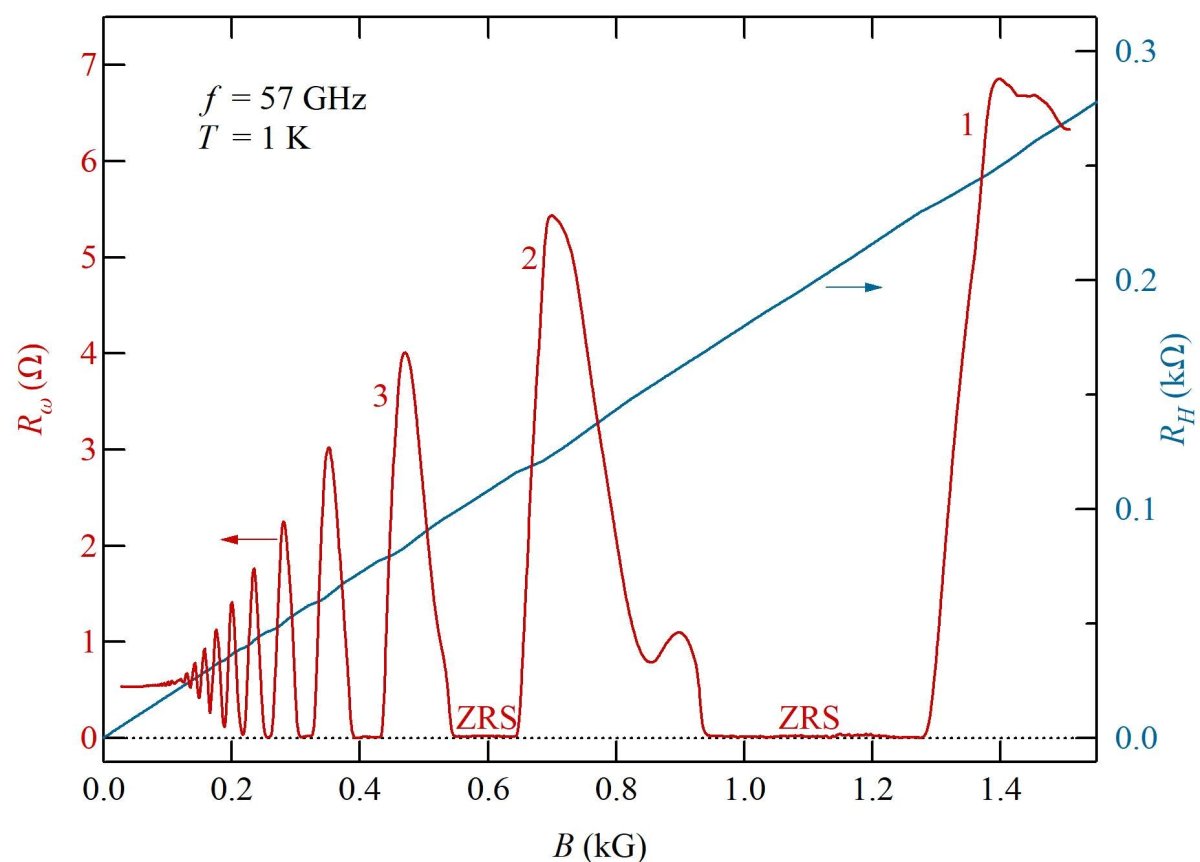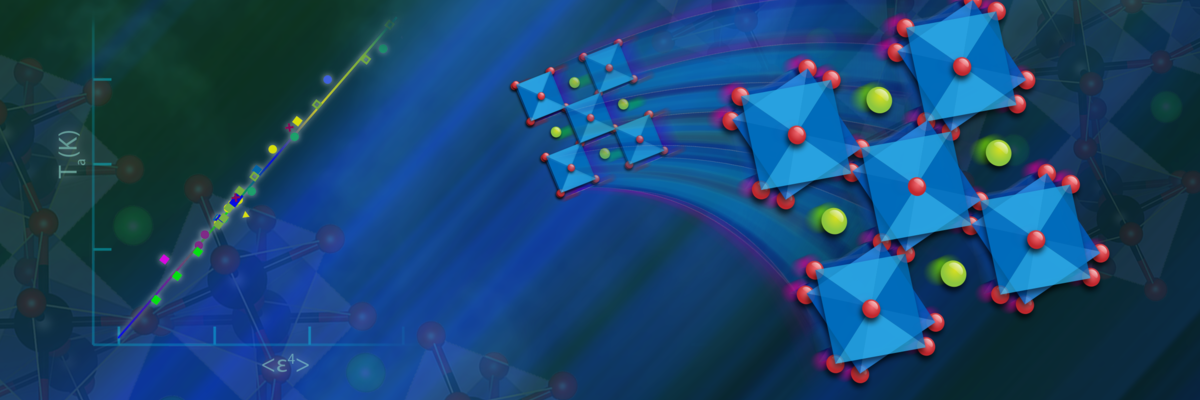Condensed Matter Experiment Faculty

Paul Crowell
The Crowell group studies spin transport and dynamics in solids. The electron’s spin, or intrinsic magnetic moment, can be used to encode or transport information. The length of time that such information can be preserved, as well as the distance it can be transported, depends critically on the types of materials used. For example, spin-polarized electrons generated in a ferromagnet must travel across an interface to be injected into a semiconductor such as gallium arsenide or an ordinary metal such as copper. Crowell’s group is studying how to maximize the efficiency of this process as well as how spin relaxes in the non-magnetic material. The research addresses the materials physics of interfaces, the role of spin-orbit and hyperfine interactions, as well as what happens when spins are confined to two-dimensional systems such as graphene. The group uses a combination of precision transport, microwave, and optical techniques to probe spins on length scales down to 100 nanometers and time scales below 100 picoseconds.

E. Dan Dahlberg
Professor Dahlberg's research interests are in the general area of fundamental statistical mechanics using nano and mesoscale magnetic particles for the model system. The individual magnetic particles have four nonmagnetic leads attached (see Figure) for electrical transport to determine the direction of the magnetization using the anisotropic magnetoresistance. The fluctuations in the direction of the magnetization research can be used to explore a variety of outstanding questions including 1/f noise origins, random telegraph noise, driven stochastic resonance, the underpinnings of the Arrhenius law and correlations in spin glasses. In addition to the above research Professor Dahlberg is also the Director of the Magnetic Microscopy Center at the University of Minnesota that applies magnetic force microscopy techniques to a variety of outstanding physics problems.
Right: A nickel-iron alloy magnetic particle made by e-beam lithography with four nonmagnetic leads attached for electrical transport measurements.

Allen Goldman
The Goldman research group is broadly focused on understanding superconductivity, primarily in the configuration of thin films with an emphasis on the effects of disorder and dimensional constraints. The current direction is on developing understandings of the quantum superconductor-insulator and quantum superconductor-metal phase transitions found in two-dimensional systems. These quantum phase transitions can be tuned by disorder, magnetic field, charge density, or stoichiometry. A central issue is the anomalous metal phase found in some systems. There is also work on a search for superconductivity in novel materials such as Sr2IrO4 by electrostatic doping using ionic liquids.
Martin Greven
Our group is part of the DOE Center for Quantum Materials and of the NSF MRSEC IRG on Ionic Control of Materials. We study the structural, electronic and magnetic properties of select quantum materials, especially complex oxides and metal chalcogenides. These materials embody many of the most fundamental contemporary questions pertaining to the quantum behavior of interacting electrons. Our research involves the growth of crystals, neutron and X-ray scattering, as well as charge transport and magnetic susceptibility experiments. For example, we use neutron scattering to investigate magnetic order and excitations in Mott insulators and oxide superconductors, and we use synchrotron X-rays and transport measurements to understand the charge degrees of freedom of these fascinating materials. A novel research direction is the investigation of plastically-deformed quantum materials. We also pursue electrostatic and electrochemical ionic control of materials, seeking to elucidate the biggest challenges facing ionic gating, and thus the development of ionic devices. Last, but not least, we collaborate with experts in the use of complementary experimental techniques.
Greven Group
- Zachary Anderson, Graduate Student
- Tathamay Basu, Postdoctoral Associate
- Davis Everson-Rose, Undergraduate Student
- Sylvia Griffitt, Undergraduate Student
- Sajna Hameed, Graduate Student
- Joseph Joe, Graduate Student
- Richard Spieker, Graduate Student
- Chiou-Yang Tan, Graduate Student
- Liam Thompson, Undergraduate Student
- Zi Wang, Undergraduate Student
- Jack Zwettler, Undergraduate Student


James Kakalios
The electronic properties of semiconductors can be varied by changing their chemical composition (such as doping or alloying) or altering the atomic bonding arrangements (consider, for example, carbon in the crystalline forms of diamond or graphite). A new degree of freedom is provided by the ability to fabricate semiconductor nanocrystals, where the low-dimensionality and short length scales can have a profound influence on the material’s properties, including the energy gap. Mesoscale materials with ordering on length scales intermediate between the atomic and macroscopic, such as composite nanostructures of a thin film matrix containing nanocrystalline (nc) inclusions, can exhibit novel electronic properties that transcend either system alone. Interest in nanostructured and amorphous semiconductors stems in part from their use in large-area, thin-film applications, including photovoltaics, light-emitting diodes, thin film transistors, non-volatile memories and thermoelectrics. In collaboration with Prof. Uwe Kortshagen in Mechanical Engineering, we have developed a unique dual-chamber plasma enhanced chemical vapor deposition (PECVD) system to fabricate nanostructured thin films, consisting of either free-standing nanocrystalline films, composite materials of amorphous semiconductors containing nanocrystalline inclusions or pure amorphous semiconductors. We employ a wide range of characterization tools in order to elucidate the optical and electronic properties of these nanostructured materials.
Alex McLeod
Alex McLeod's research interests include studying phase transitions in quantum matter and the opto-electronics of next-generation 2-dimensional materials including graphene, dichalcogenide semiconductors, and van der Waals heterostructures. To accomplish these investigations, he devises, constructs, and and applies novel nano-optical imaging and spectroscopy instruments for measurements at low temperature and under controlled environments. Moreover, he develops flexible theoretical and analysis frameworks to draw quantitative results from experimental data.
Vlad Pribiag
To find out more, please visit the Pribiag group webpage.
Collaborators:


Ke Wang
We study novel 2D van der Waals materials via low temperature transport measurements, in which interesting quantum phenomena emerge due to the unique bandstructures such as relativistic dispersion relationship, displacement-field tunable bandgap, spin-valley locking and anisotropic Fermi surface. We further tailor these exotic bandstructures to new platforms of studying novel quantum physics via mesoscopic confinement and quantum manipulation. We prepare ultra-high quality atomically-thin electronic systems by assembling Van der Waals heterostructures encapsulated in hexagonal boron nitrides, and fabricate gate-defined nanostructures using state-of-the-art lithography techniques. With full experimental control over local Hamiltonians, we electrically manipulate spin, layer, valley and sublattice quantum numbers towards realizing novel functional quantum devices in optoelectronics, spintronics, valleytronics and quantum computing, and investigate new phases of matter such as Dirac fluid, Luttinger liquid, Bell states and non-Abelian quantum Hall excitations.

Michael Zudov
My research is on quantum magnetotransport in two-dimensional electron (or hole) gases hosted in the state-of-the-art heterostructures, such as GaAs/AlGaAs, Ge/SiGe, ZnO/MgZnO, etc. The phenomena of interest include quantum Hall effects and broken-symmetry states in high magnetic fields as well as non-equilibrium transport phenomena which emerge in weak magnetic field when the system under study is exposed to microwave radiation and/or dc electric fields. The main goals of these research efforts are to advance our understanding of how these phenomena originate from the behavior of individual electrons due to the complexity of their interactions with each other, microwave photons, and disorder in quantizing magnetic fields and to identify potential applications. In particular, we are developing new techniques to access disorder in these heterostructures and to identify possible avenues for further improvements of these material systems.
